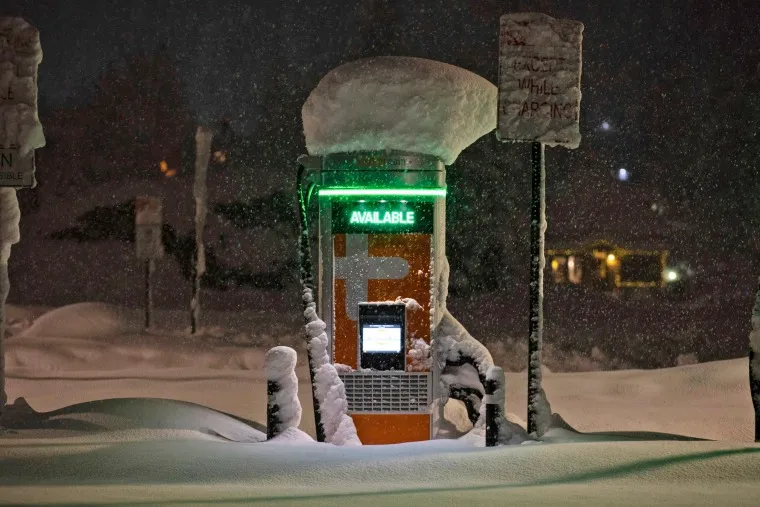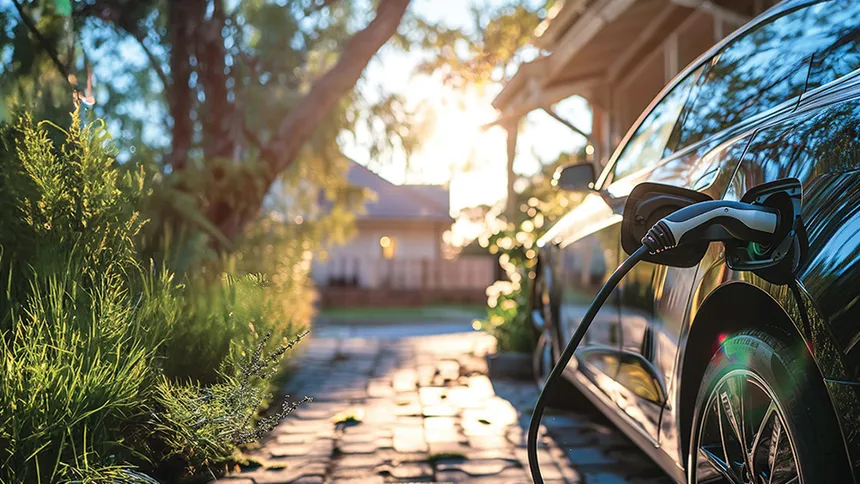For nearly a week, the frigid temperatures from Chicago to northern Texas have made life a challenge for electric vehicle owners, with reduced driving range and hours of waiting at charging stations. The impact was clear in Oak Brook, Illinois, where television reporters found Teslas running out of juice while waiting in long lines for plugs at a Supercharger station. The temperature had plummeted to a low of -9F (-23C).
Further south, in Ann Arbor, Michigan, Teslas were plugged in at six of eight charging stations as the wind howled with a temperature of 7F (-14C). At least one driver was nearly out of juice. The problems stemmed from the fact that electric vehicles (EVs) lose some of their travel range in the cold, especially in subzero temperatures like those hitting the nation’s mid-section. Studies have shown that range loss varies from 10% to 36%.
Inside EV batteries, lithium ions flow through a liquid electrolyte, producing electricity. However, they travel more slowly through the electrolyte when it gets cold and do not release as much energy. This cuts into the range and can deplete a battery faster. The same happens in reverse, where electrons move more slowly, and the battery cannot accept as much electricity from a charging plug, slowing down charging.
Experts acknowledge that cold weather can be challenging for EVs, but they say with some planning and adjustment, owners should be able to travel pretty much as normal. Neil Dasgupta, associate professor of mechanical and materials science engineering at the University of Michigan, explained that lithium ions flow more slowly through the electrolyte in cold temperatures, reducing the range and depleting the battery faster.
At a Supercharger station in Pittsfield Township, Michigan, Ankita Bansal’s Tesla had only 7% of its charge left. After plugging in, the car wouldn’t take electricity, displaying a message that the battery was heating up. Once it reached the proper temperature, it would take an hour and 50 minutes to get to a full charge.

Many electric vehicle owners who think their cars won’t charge are new to EVs and don’t know how to “precondition” their batteries. Preconditioning the battery does cost some range, although it is usually only a few miles. Tesla owners can warm the battery by telling the vehicle’s navigation system that a trip to the charging station is coming, which can take a half hour to an hour to prepare the battery.
Kim Burney, a Tesla Model 3 owner, said she had learned to plan ahead, especially in cold weather. She told her car she was going to the charging station, and it was ready by the time she arrived. She also warned that drivers need to know how to navigate the car’s systems, including the range gauges and charging stations.
In the short term, automakers are likely to develop better ways to protect battery life and warm them for charging. New battery chemistries are being developed that are more resilient in cold weather. In the long term, Dasgupta predicted that as more mainstream consumers buy EVs and more automakers enter the market, they will develop models tailored to colder climates. However, this may require sacrificing a little overall range for better cold-weather performance.

